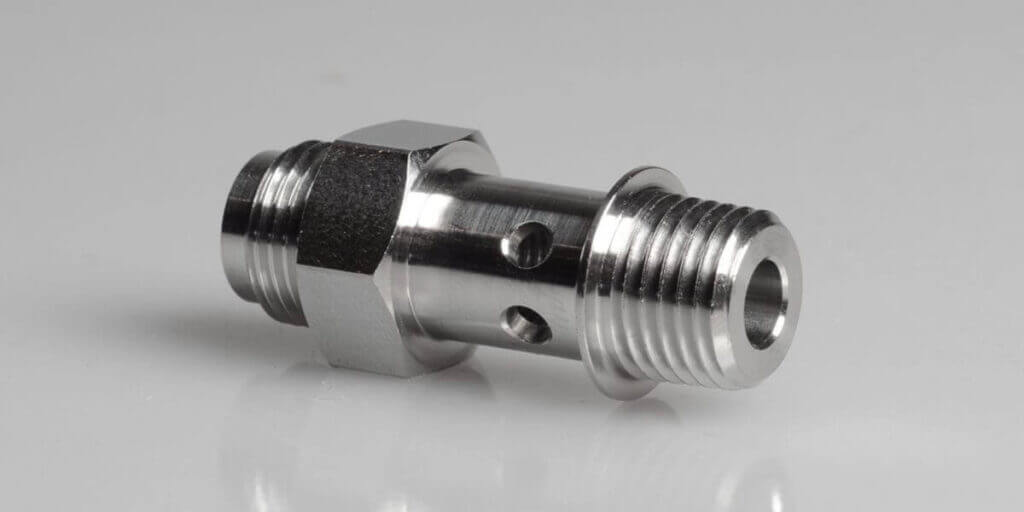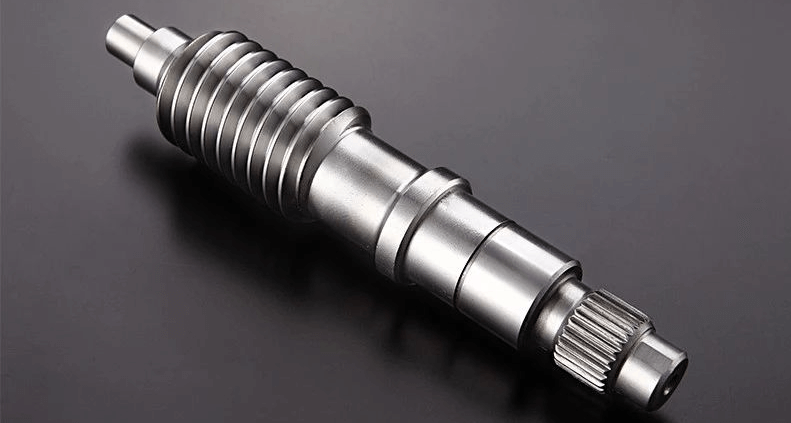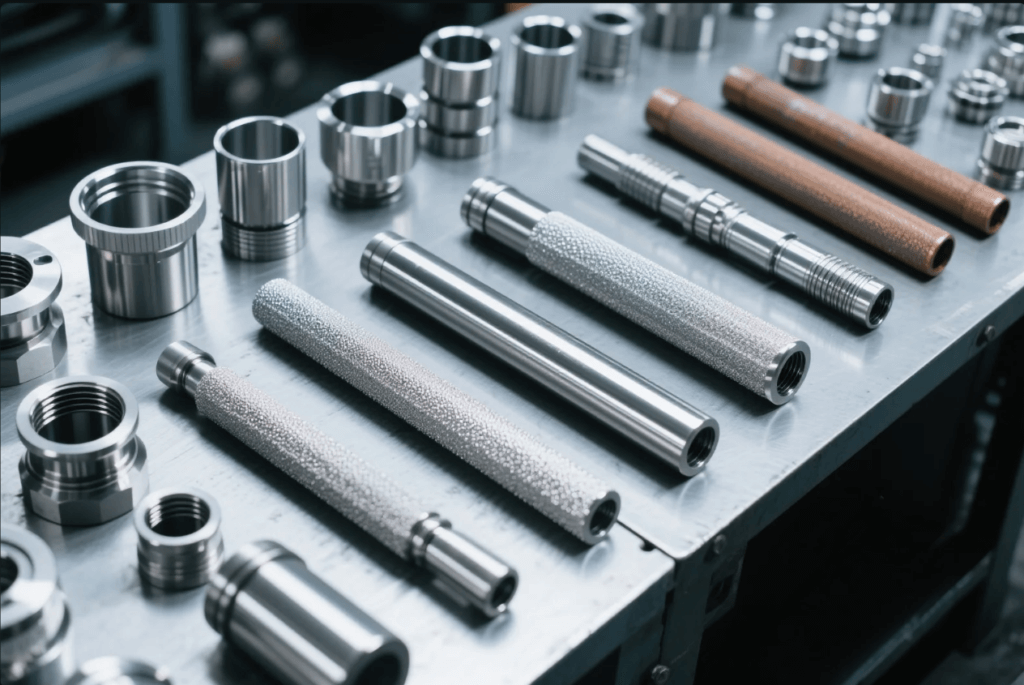Complete analysis of shaft parts machining process: from basic to advanced processes

Introduction
Shaft parts are crucial components in mechanical systems, playing a vital role in power transmission and motion control. Understanding their machining processes is key to producing high – quality, reliable parts. This article will take you through everything from the basics to advanced machining techniques for Shaft parts.
Classification of Shaft parts
Shaft parts can be classified in multiple ways. Structurally, there are smooth shafts, stepped shafts, hollow shafts, and special – shaped shafts like crankshafts and camshafts. Smooth shafts have a uniform diameter, ideal for simple rotational tasks. Stepped shafts, with varying diameters, allow for the attachment of different components. Hollow shafts, lighter in weight, are used when reducing mass is a priority, such as in aerospace applications. Special – shaped shafts, on the other hand, are designed for specific functions, like the conversion of reciprocating motion in engines by crankshafts.
Another classification is based on the length – to – diameter ratio. Rigid shafts (L/d ≤ 12) offer high stability and precision, while flexible shafts (L/d ≥ 12) can tolerate more deflection and are suitable for applications where some flexibility is required.
Technical Requirements for Shaft parts
Dimension Precision
Dimension precision is a cornerstone for Shaft parts. Supporting journals, which fit with bearing inner rings, demand strict dimensional tolerances, usually within IT5 – IT7. Mating journals, cooperating with drive components, have slightly looser tolerances (IT6 – IT9), but still require careful machining to ensure seamless power transfer.
Form Precision
Form precision, including roundness and cylindricity of important surfaces, matters greatly. Errors in these geometric forms should be within the dimensional tolerance range. For precision – grade Shaft parts, additional form precision requirements are specified on the drawings.
Surface Roughness
Surface roughness affects the performance of Shaft parts. Supporting journals typically need a surface roughness of Ra0.2 – 1.6 to reduce friction with bearings. Mating journals, on the contrary, usually have a surface roughness of Ra0.4 – 3.2 to ensure good adhesion with drive components.
Basic Machining Processes for Shaft parts
Turning Process
The turning process is fundamental in Shaft parts machining. On a lathe, the Shaft part rotates while a cutting tool removes material. Rough turning quickly eliminates excess material from the blank. Then, semi – finish turning refines the shape, and finish turning achieves the final dimensional accuracy and surface finish.
Grinding Process
Grinding follows turning to enhance precision and surface quality. Cylindrical grinding is common for outer surfaces, where the Shaft part is held between centers or in a chuck, and a grinding wheel removes material to achieve tight tolerances and a smooth finish. Centerless grinding, another option, is efficient for mass production, offering consistent quality without the need for center – hole support.
Advanced Machining Techniques
Advanced techniques like Computer – Numerical – Control (CNC) machining have transformed Shaft parts production. CNC machines can precisely machine complex Shaft part shapes with tight tolerances, improving both efficiency and accuracy. For example, they can easily handle the intricate curves of a high – performance automotive crankshaft. Electrical Discharge Machining (EDM) is also useful, especially for hard or difficult – to – machine materials. EDM uses electrical discharges to erode material, enabling the machining of parts with complex geometries that traditional methods can’t handle.
Locating Datum Selection
Selecting the right locating datum is crucial for machining Shaft parts. Usually, two center holes serve as the preferred locating bases, conforming to the principles of datum coincidence and unity. However, in some cases, like rough machining or when dealing with through – hole parts, alternatives are needed. The outer – circular surface or special fixtures like tapered plugs can be used instead.
Quality Control
Quality control ensures Shaft parts meet specifications. Dimensional inspection uses tools like calipers and micrometers to check dimensions. Form and position inspection assesses geometric tolerances with optical or laser – based instruments. Surface roughness is measured by profilometers. Statistical process control (SPC) is also applied to monitor and adjust machining variables, preventing defects.

Conclusion
Machining Shaft parts requires a combination of knowledge about their classification, technical requirements, machining processes, and quality control. From basic turning and grinding to advanced CNC and EDM techniques, each step contributes to the production of high – quality Shaft parts. By mastering these processes, manufacturers can meet the diverse demands of modern industries.






